Teach students to differentiate between their, there and they're with this classroom poster.
Do Your Students Know the Difference Between Their, There and They’re?
Homophones. They’re some of the smallest words in the English language, but also some of the trickiest to use correctly!
The thing that makes homophones so challenging is the fact that these words sound the same when spoken aloud (that’s aloud, NOT allowed!), but have different meanings and spellings. One of the prime examples of this is the words their, there and they’re.
The word their is a possessive adjective meaning that something belongs to a group of people.
Example: That new car parked in our driveway is theirs.
The word there is an adverb indicating a place.
Example: The new car is parked over there.
The word they’re is a contraction of the two words ‘they’ and ‘are’.
Example: They’re going to drive the new car to the party.
This poster has been designed by our experienced teacher team to help your students understand the difference between the homophones their, there and they’re. It provides visual cues that your students can use whenever they need to write one of these words in context. The visual cues are as follows:
- Their – The letter i is represented by a child holding up their hand to indicate ownership.
- There – The letter r is represented by an arrow to indicate a place.
- They’re – The apostrophe of contraction is represented by a small letter a to indicate the joining of the words ‘they are’.
Download and Print This Their, There and They’re Poster
This resource downloads as either a full-colour PDF or a black-and-white PDF. Display the colour version on your vocabulary bulletin board, or provide your students with a copy of the black-and-white version to paste into their workbooks.
Access More Teacher-Made Homophones Resources
Looking for more resources to help your students master the spelling and meaning of common homophones? Look no further than our extensive collection of teacher-created, curriculum-aligned resources!
[resource:5008748] [resource:4998045] [resource:5010468]
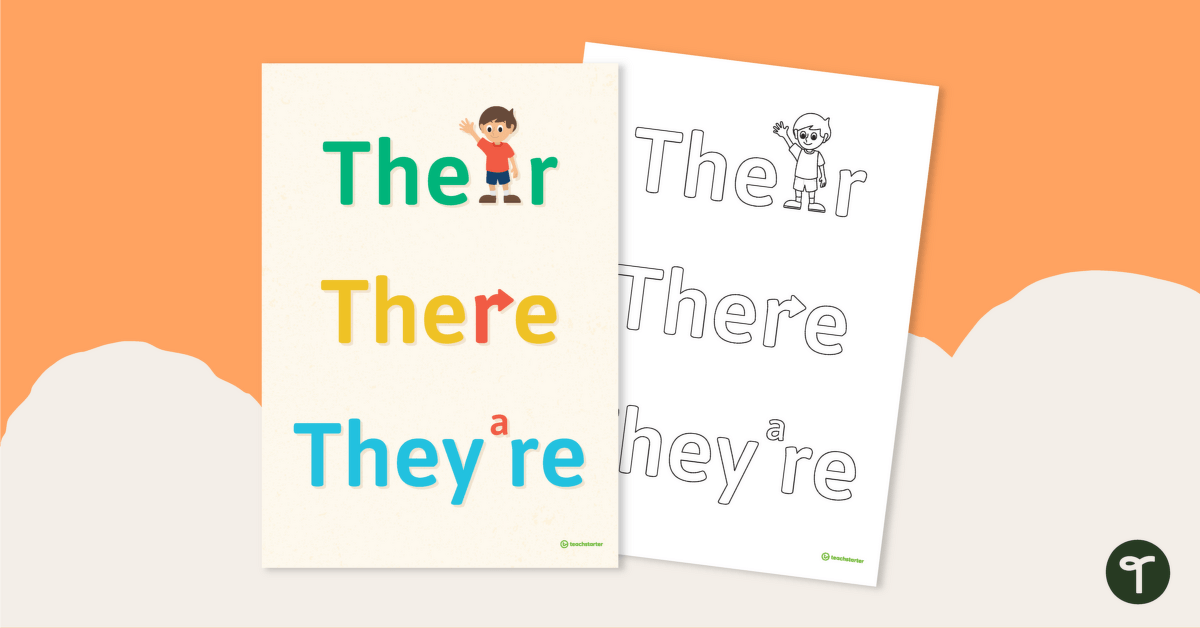


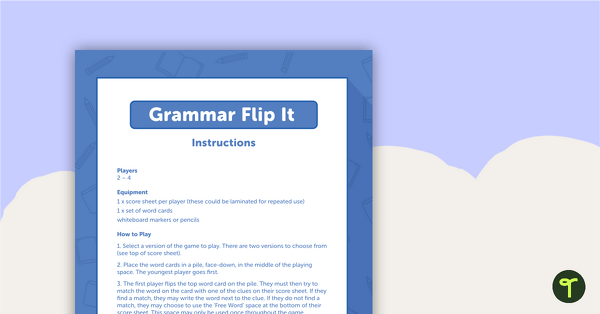
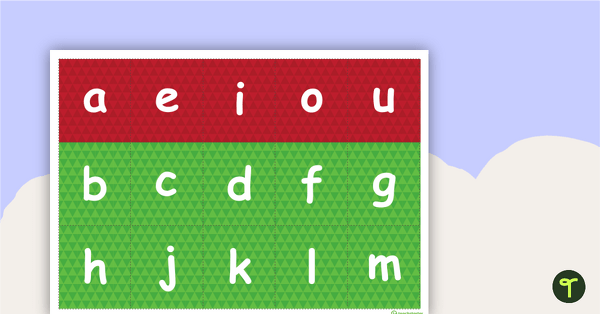
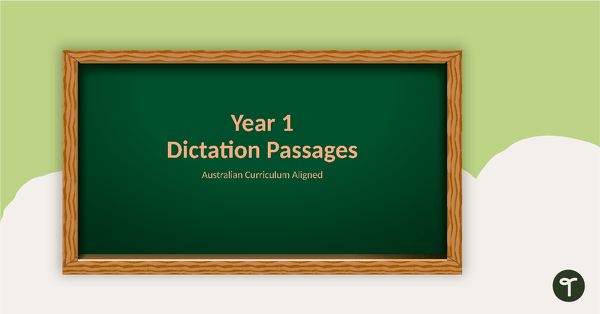
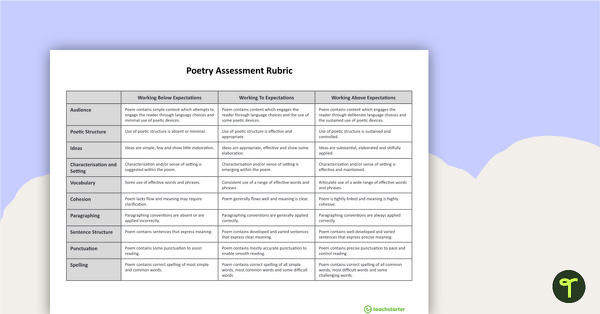
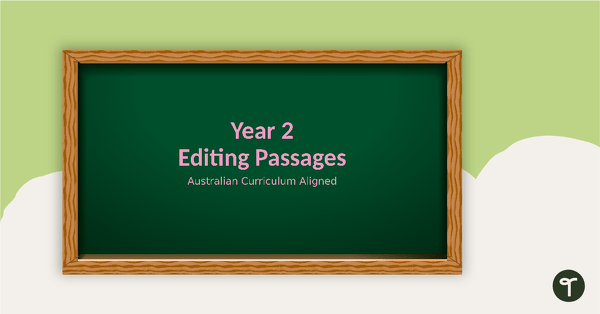
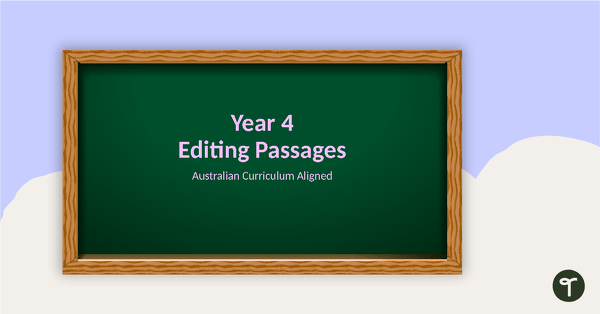

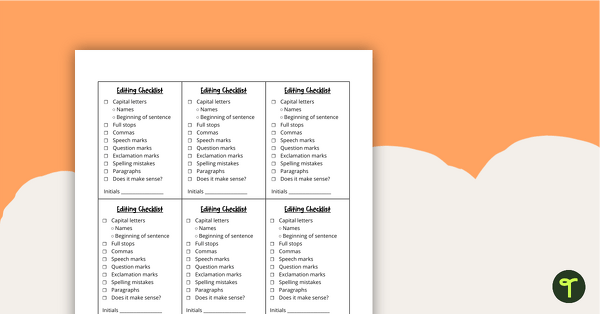
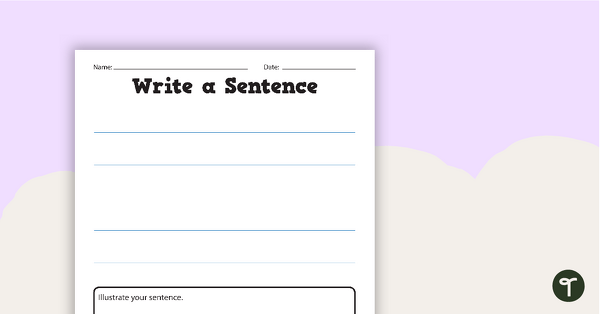
0 Comments
Write a review to help other teachers and parents like yourself. If you'd like to request a change to this resource, or report an error, select the corresponding tab above.